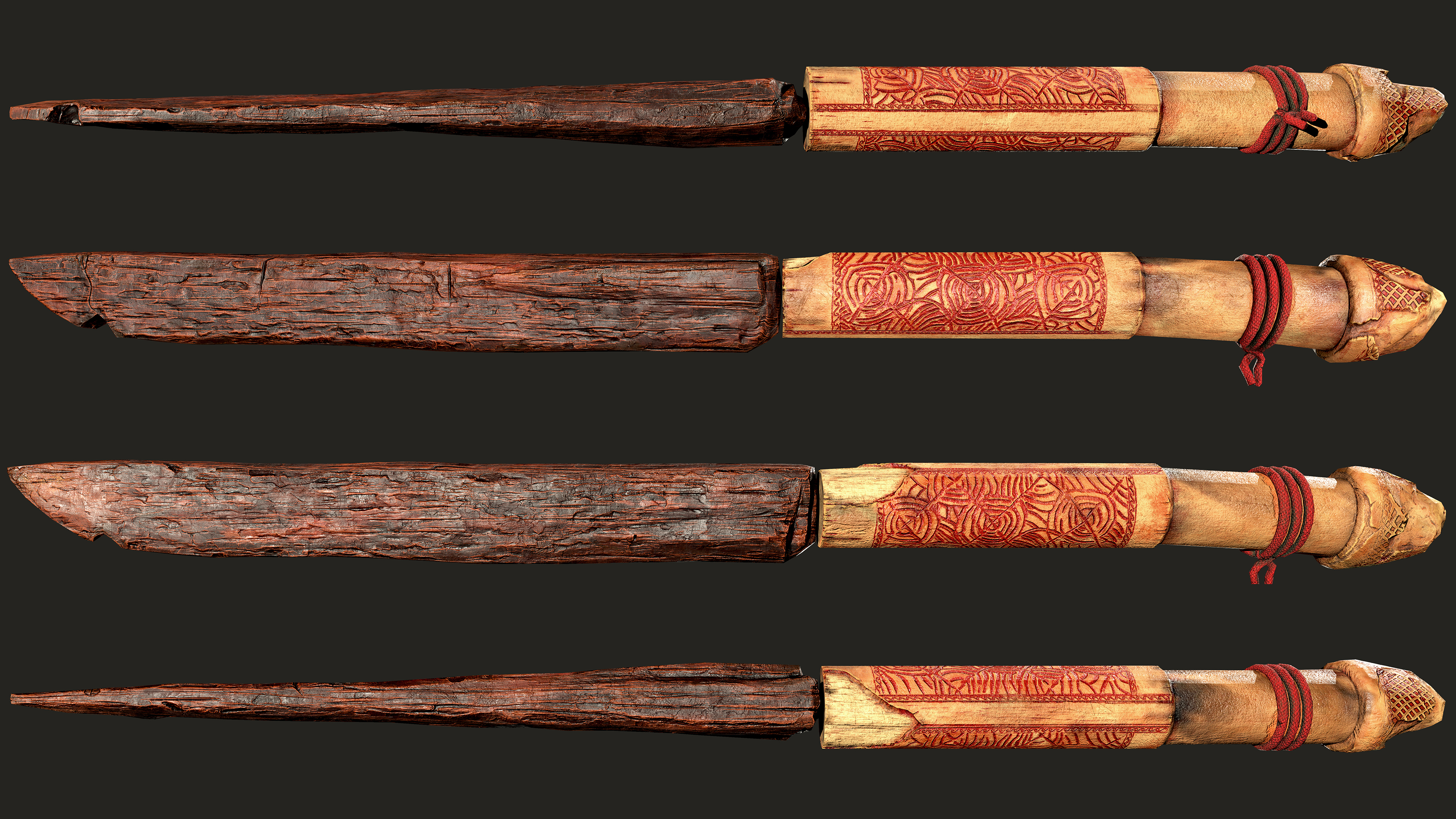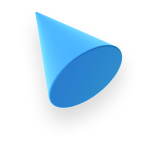Dive into the exciting world of game asset creation with our comprehensive course. This program is designed to equip you with the essential skills and knowledge needed to create high-quality assets for game development. From props modelling to environments designing, you will learn the entire process of asset creation, including concept development, 3D modeling, texturing, and optimization techniques.
Master industry-standard software tools, explore effective workflows, and gain insights into the best practices for game asset production. Immerse yourself in hands-on projects and receive valuable feedback from experienced instructors, as you bring your creative visions to life and build a solid foundation for a successful career in game art.
Through hands-on projects and industry-relevant exercises, you will gain proficiency in industry-standard software such as Maya, Substance Painter.
By the end of this course, you will have a diverse portfolio showcasing your ability to create assets that breathe life into immersive game worlds. Prepare to unleash your creativity and embark on an exciting journey to become a skilled game asset creator.
Engage in hands-on projects and assignments to Receive personalized feedback and guidance from
apply your learning in real-world scenarios, experienced instructors, ensuring continuous
building practical skills. improvement and growth.
----------------------------------------------------------------------------------------------------------------------------------

Concept Art: Concept art is an essential part of game art creation. It involves creating sketches and drawings to visualize game characters, environments, and other game art assets.
Prop Design: Props are objects within the game environment that are interacted with by the player. Prop design includes creating 3D models, textures, and animations for objects such as weapons, vehicles, and furniture.
Texturing: Texturing involves creating the surface of a 3D model by applying colors, patterns, and other visual elements. It is an important aspect of game art creation that helps create a realistic and immersive game environment.
Sculpting Techniques: You'll learn about environment sculpting techniques, and how to use sculpting techniques to create realistic models.
Sculpting Details: Students use ZBrush's sculpting tools and techniques to add details, and textures, and fine-tune the shape of their prop. This includes using brushes, alphas, and other tools to add surface details, wrinkles, and imperfections to their model.
Lighting: Lighting is an important aspect of game art creation that affects the overall look and feel of the game. It involves setting up the lighting in the game environment to create a certain mood or atmosphere.
Optimization: Optimizing game art assets is an important aspect of game art creation. It involves reducing the file size and improving performance without sacrificing visual quality.
Level design: A 3D environment art course should cover the principles of level design, including pacing, difficulty, balance, and progression. Students will learn how to create engaging and challenging game levels that are both visually stunning.
Project-based learning: A good 3D environment art course should provide students with ample opportunities to practice their skills through project-based learning. This can include working on individual or group projects, creating levels for existing games, or creating original game environments.
Industry insights: Finally, a 3D environment art course should provide students with insights into the game development industry, including job opportunities, career paths, and trends in the industry.
Iteration: Game art creation is an iterative process that involves constantly refining and improving game art assets. It requires the ability to take feedback and make necessary changes to create the best possible game art assets.
Continued assistance for your ongoing learning journey.
Practical hands-on projects replicate real industry experiences.
Professional mentorship and guidance from industry experts.
1 hours class on alternate days (Monday, Wednesday, Friday (OR) Tuesday, Thursday, Saturday)



1 hours class on alternate days (Monday, Wednesday, Friday (OR) Tuesday, Thursday, Saturday)
Note: Fee structure is subject to change and may vary based on specific program offerings and additional services provided.






Reach out to us through our contact form to inquire about our courses, ask questions, or discuss any other inquiries you may have. We are here to assist you and provide the information you need to start your journey with 3D Mojito.